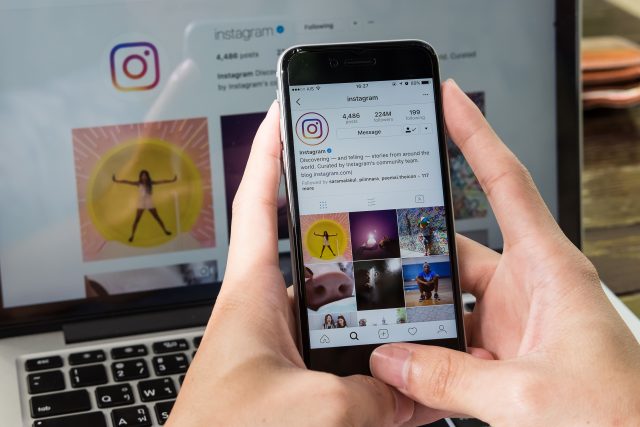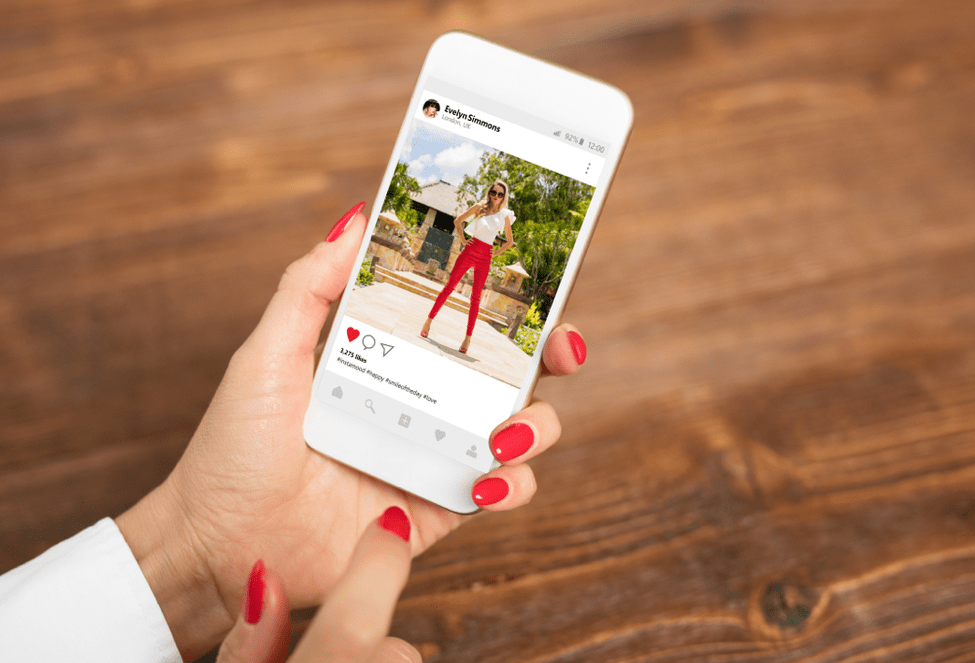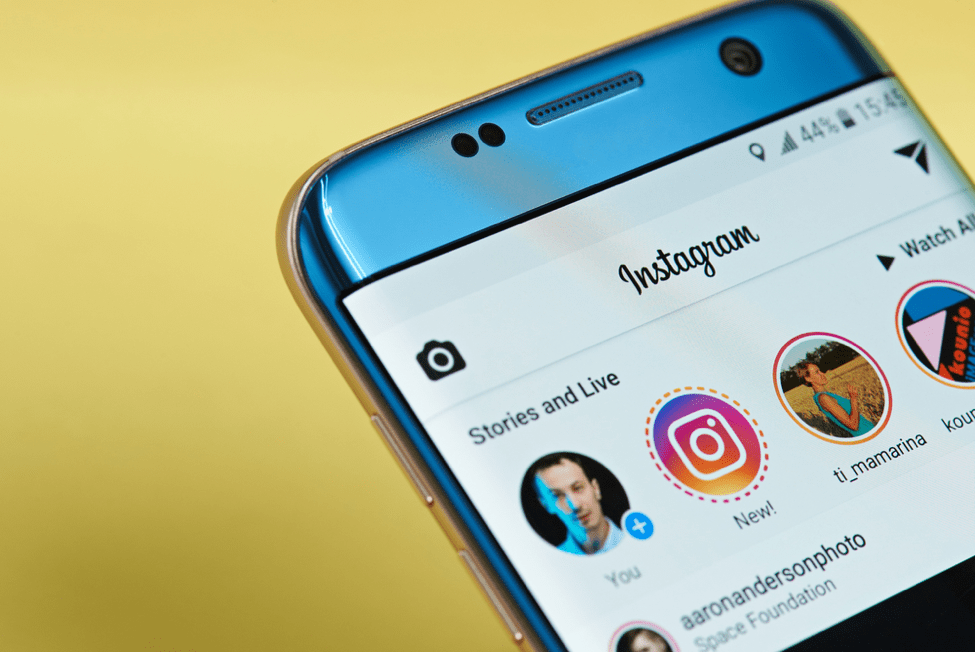Instagram is hard. The rules seem to change every day, and the advice you find online is often so obvious that it’s worthless (“have you tried using hashtags?”). Half the ‘known facts’ about Insta’s algorithm fall apart on actual inspection: they’re folk legends passed around the campfire but influencers to scare each other—If you post more than 7 images within an hour, the shadowban comes out of the night and EATS YOU.
It’s especially hard in 2019, with an oversaturated market and an algorithm that seems more and more hostile to small content creators. Mean engagement has dropped 50% since January 2018 as Insta prioritises major celebrities while making it harder and harder to become one.
Despite all that, Instagram is still easily the best social media platform to market on. Most guides will set that engagement rate at 4%, but they’re using a stat that is both old and inflated. Actual 2019 engagement is about 1-1.5%, depending on your industry. Even then it’s still about five times more effective than Facebook, and about 15-20 times more effective than Twitter. Almost no other platform lets you get so much information to a potential customer so efficiently. What can you do?
You Need To Tell A Story
In 2018, Mark Zuckerberg said the number of daily active Instagram story users was 500M. A lot of blogs will kick off from that saying that’s the daily active total for Instagram users, and I’m honestly not sure they’re wrong—stories have quickly taken over feeds in the last two years, pushing out posts. They’re closer to the original vision of Instagram: something intimate, personal and ephemeral. A good marketing story is likely perfectly-messy hair that took all morning to get right; it takes a lot of effort to look like you put in no effort. I wouldn’t worry about the 24-hour decay either—data supports that 90% of all engagement happens within 10 hours of posting and has almost entirely tailed off within a single day.
Companies that have successfully taken advantage of stories tend to use them to show some managed insight into the behind-the-scenes of the company—staff eating lunch, celebrating birthdays, goofing off at their desks. A good Instagram post is a bad Instagram story, and a lot of marketers haven’t managed to switch gears. The post isn’t entirely dead, but it’s a different medium from the Story, and it’s one that needs to be approached differently.
The Hashtag Problem
With the new dominance of stories, hashtags have become even harder to use. Hashtags on posts will automatically put your post into the hashtag aggregation, but it’s not the same with stories—you’ll only go into aggregation if you meet certain engagement and quality thresholds, and IG keeps those thresholds secret. If a story is getting love, then hashtags can send it into the stratosphere. What they can’t do is pull eyes to a post people weren’t likely to see anyway.
Other than that, the rules are mostly the same: quality of hashtags beats quantity, accuracy of hashtags beats broadwaving it. Don’t go for a hashtag with 200k+ or you’ll end up getting totally drowned out, don’t spam everything that seems vaguely-related or you’ll end up getting penalized (I’m looking at you, food bloggers using #OOTD). 20 hashtags is the absolute roof—any more than that and you’re putting yourself in danger. I’d recommend 5-7 well-chosen tags over 20 vague ones any day. The only exception is if you’re doing it knowingly as part of your brand: hashtag spam, used correctly, can be a winking acknowledgement of what you’re doing that still gets you eyeballs.
Hashtags are less important than they were three years ago, but they’re not dead. They’re just not the main avenue for getting conversions any more—they need to share that space with their little brother, Stories.
Breaking Down the Data
Instagram’s own research is fascinating—there’s some geographic variation but the divide between feed and stories seems pretty clear. Regarding Stories, 60% of users want unfiltered/authentic content and 55% want playful/funny content compared to the 31% who want to find a brand. Posts on the other hand have keywords like beautiful, uplifting, passions, and interests. That’s the split you need to be making: Stories are intimate and fun, Posts are polished and attractive.
Union Metrics also made a pretty interesting discovery: post volume has no negative effect on engagement rates. It’s one of those pernicious marketing myths that has very little empirical support. The problem with 100 Instagram posts a day is the work it takes, not any actual user response. I think that’s probably what people are seeing: higher volume = less time to work on each = lower quality. If you’re capable of producing high-quality content at that rate, there’s no reason not to. The thing that does kill your engagement rates is a lack of consistency, or a period without any posting. Union found a popular TV show losing 0.6% of its followers every single day that it didn’t post in the break between seasons, which doesn’t seem like a lot until you realise that’s 18% a month. There’s almost no way to undo all your hard work than just doing nothing.
A 2014 Georgia Tech study showed a huge increase in social media engagement on pictures containing at least one human face. You’re 38% more likely to get a like and 32% more likely to get a comment if your posts have people in them. This is particularly good news for Stories: showing the faces behind the brand can help users to connect with your products in a way they wouldn’t otherwise. Brands to successfully adopt Stories have often done it by making the marketing staff into characters, and showing users a more human side of the company.
Finally, Sprout Social have done a series of excellent heatmaps showing the best times of day to post. It varies a lot depending on industry and platform but generally, Instagram gets the highest engagement around lunchtime, particularly during the workweek. Friday at 10am is the absolute best time to post, followed by Wednesday at 11am. Brand engagement peaks a little later in the day—Wednesday at 3pm, followed by Friday at 11am-1pm. Wednesday in general is an excellent time to post: it seems like users are using social media and maybe a little online retail therapy to de-stress on hump day.
Or, In Short
- Instagram’s engagement rate is 1-1.5%, which is significantly higher than other social media platforms.
- Instagram is becoming harder for newbies to get attention, and easier for established brands—get started now before things get even worse, and don’t expect immediate results.
- Post every day, preferably around lunchtime, with big releases on Wednesday and Friday. The limit on daily posts isn’t a hard number, it’s how many your team can do while keeping them high-quality.
- Content with human faces in it gets a huge bump in engagement.
- Create a mix of Stories and Posts.
- Hashtags are less effective on stories.
- Stories are intimate and fun, Posts are polished and beautiful.
And if you want to get in touch with the experts, the team at CodeClouds have an experienced Creative Design team who can help you get your branding absolutely pitch-perfect. They specialise in web content and eCommerce and they’re here to help you take your company to the next level. Get in touch with them today and see whether they’re the right #outfit for you.




